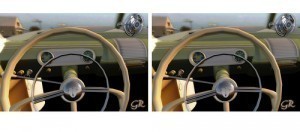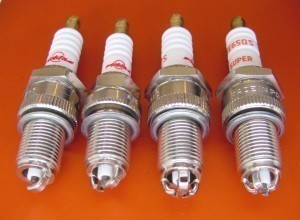Dashboard sizes can vary depending on the design. Some dashboards measure 30 x 7 x 7 inches while others are 32 x 6 x 6 inches. It is also known as the dash, fascia and instrument panel.
What is the Dashboard Used for?
The dashboard is a control panel positioned in front of the driver. The dash contains the controls and instruments needed to operate the car. The word itself was first applied for a leather affixed to a horse-drawn carriage. It was also used to refer to a wood barrier set on a sleigh.
These were intended to shield the driver from the debris that came from the horses’ hooves and the wheels. As automobiles became common, the term dashboard was applied to cars almost exclusively.
Safety Features
During the 1940s, padded dashboards were introduced as a safety measure. Many padded dashboard variants came out including the Lifeguard, produced in 1956 by Ford. Buyers showed little interest. But by the 1970s, padded dashboards became commonplace.
The padding is typically made up of polyurethane foam. For the surface, polyvinyl chloride (PVC) is used. For high end cars, leather has taken the place of PVC. It was during the 1990s that airbags became prevalent. Regardless of the dashboard size, airbags are almost always a part of it.
Items on the Dashboard
Various instruments are displayed on the dashboard. The car and engine setup will determine what kind of instruments will be displayed. The early dashboards include the instrument cluster and the steering wheel. The cluster usually has the odometer, tachometer and speedometer displayed. The dashboard will also have the fuel gauge.
Indicators are also displayed. These include the engine-malfunction light, parking-brake-engagement warning light, seat belt warning light and gearshift position. Some dashboards also feature airbag (SRS) system fault indicators, low tire pressure indicators and low battery. Warnings about low oil pressure and low fuel are also shown.
Other dashboards feature audio equipment controls, automotive navigation systems, lighting controls and controls for vent and heating. The upper portion of the dashboard may have vents. This is for the lighting controls and heating. Speakers will be included if an audio system is installed. There may also be a cigarette lighter or ashtray included.
The dashboard sizes will continue to evolve, as will the features of the dashboards. Today, many car manufacturers include fuel economy gauges on the instrument panel. This will show the fuel consumption in real time.





